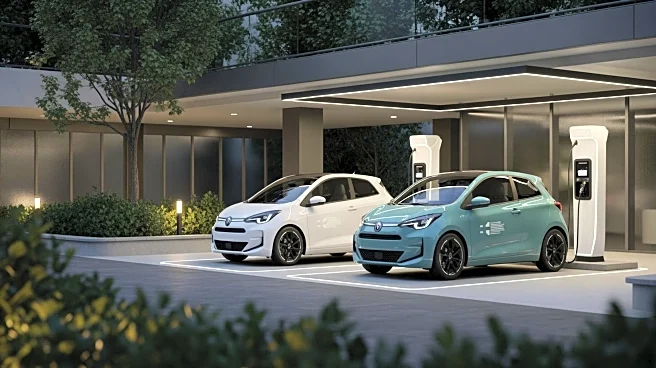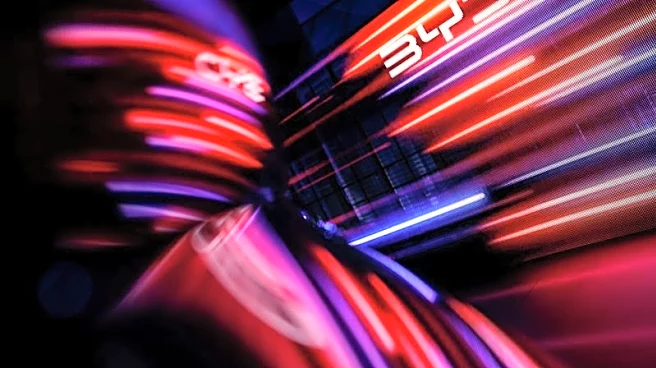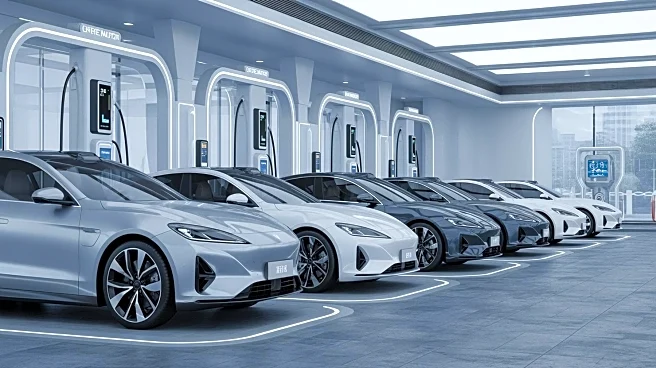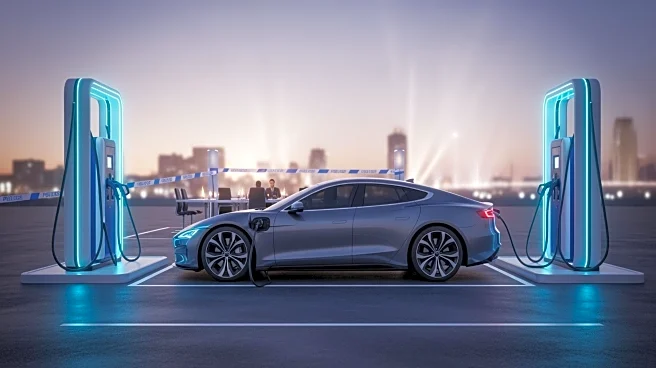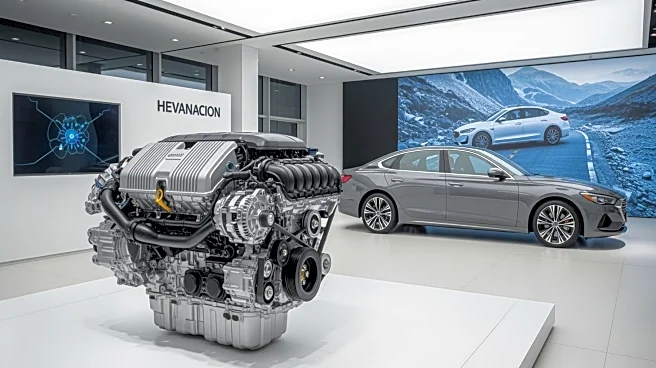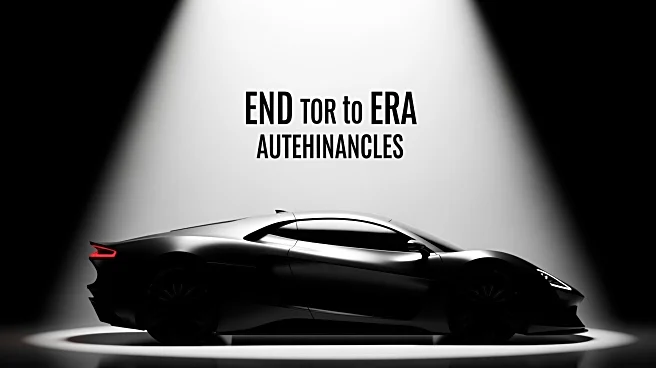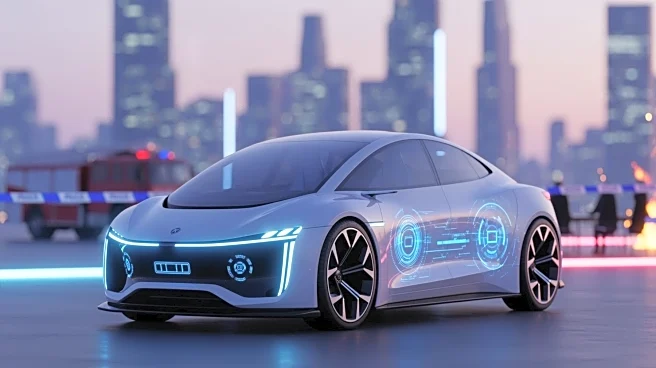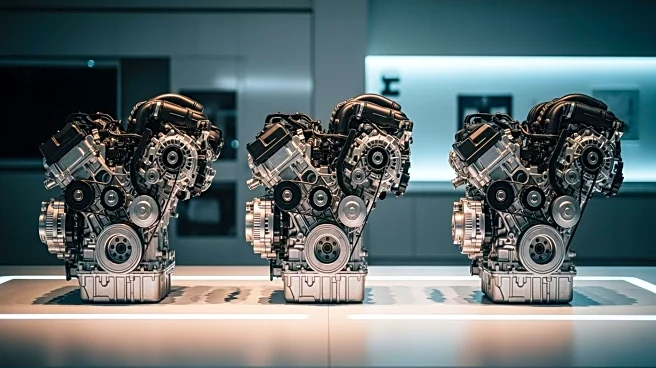What's Happening?
The Japan Mobility Show is drawing attention to the Kei Car, a unique vehicle form factor in Japan. Kei Cars are compact vehicles defined by strict regulations, including size and power limitations. These
cars are popular among young people and retirees in Japan, with the best-selling car and electric vehicle in the country being Kei Cars. BYD is launching the Racco Kei Car, which features a 20 kWh battery and a range of 180 km, priced around $17,000. Nissan is also showcasing its Sakura model, equipped with a retractable solar panel capable of generating up to 500 W. These developments highlight a significant interest in the Japanese market, which has traditionally resisted imports and electric vehicles.
Why It's Important?
The introduction of new electric Kei Cars by companies like BYD and Nissan signifies a potential shift in the Japanese automotive market. These vehicles cater to the unique needs of Japanese consumers, who prioritize compact size and efficiency. The move by BYD to develop a vehicle specifically for Japan indicates a strategic effort to penetrate a market that has been resistant to foreign imports. This could lead to increased competition and innovation in the electric vehicle sector. Additionally, the success of Kei Cars in Japan could inspire other countries to consider similar vehicle regulations, potentially leading to a more diverse global automotive market.
What's Next?
The future of Kei Cars in markets outside Japan remains uncertain due to regulatory barriers. However, if countries harmonize their regulations for low-speed, small vehicles, it could lead to a broader acceptance and production of Kei Cars globally. This could drive down costs through increased scale and competition. In the U.S., where demand for such vehicles is currently low, changes in consumer preferences or regulatory adjustments could open the market for Kei Cars. The potential for these vehicles to offer a practical solution for urban commuting and short-distance travel could lead to increased interest and adoption.
Beyond the Headlines
The introduction of electric Kei Cars also raises questions about urban planning and environmental impact. These vehicles could contribute to reduced traffic congestion and lower emissions in densely populated areas. Additionally, the integration of solar panels in vehicles like the Nissan Sakura highlights a growing trend towards sustainable energy solutions in the automotive industry. This could encourage further innovation in renewable energy applications for vehicles, aligning with global efforts to combat climate change.
